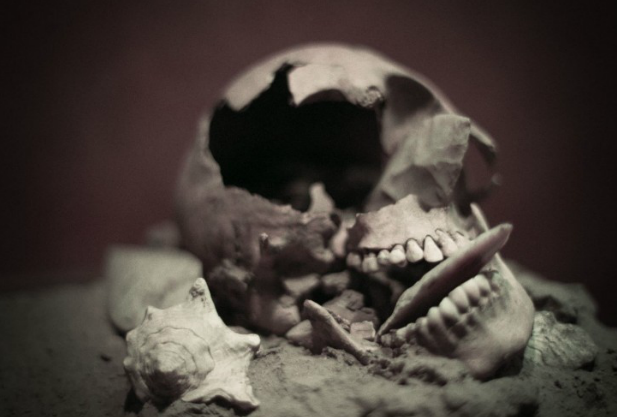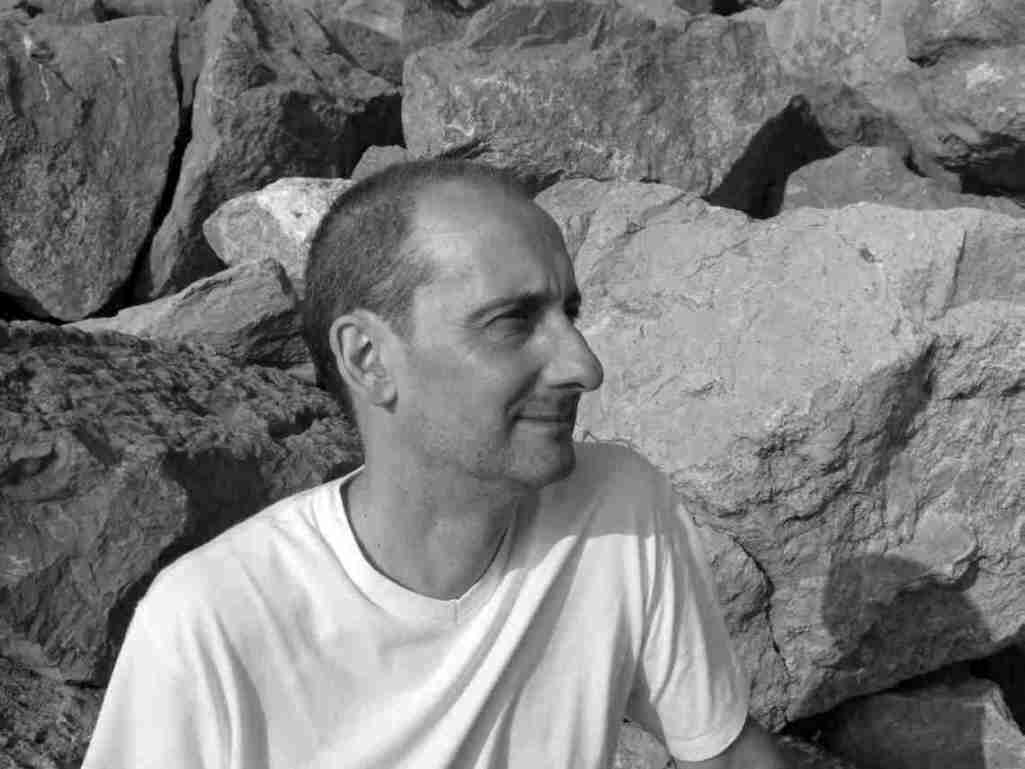Last Sunday, I led a walk organised by
The Bluecoat, Liverpool around Liverpool's Business Quarter and Riverfront stopping at sites linked to Lowry and his writings and experiences of war.
Part 2
Part 3
Below are notes based on the walk with links to further material plus references to Lowry texts.
Stop 1 Cook Street/Castle Street Liverpool
 |
| Cook Street Arcades Liverpool 1941 |
Read poem
'Imprisoned in a Liverpool of self' Collected Poems 233.2
One of several poems referencing Liverpool during the war written in Lowry's "exile" in Vancouver
Did Lowry see photographs of "
gutted arcades" in Liverpool following 1941 German bombing blitz?
These poems appear to be a nostalgic contemplation of a lost past which is threatened by war.
Refer to short story 'June 30th 1934' (originally entitled 'Metal' and begun in 1934 but still being worked on in 1939 - see Bowker Pg. 292) - influenced by Lowry's reading of
Ernst Henri's Hitler Over Europe which predicts WW2 and possibly
H.J. Massingham's "metallic age" in
People and things, an attempt to connect art and humanity 1919 (Note also Lowry's references to Crete may stem from Lowry's reading of Massingham's
Through The Wilderness 1935.
Lowry's alter-ego Bill Goodyear seems to reflect guilt of not fighting/volunteering when Goodyear lies to Firmin, a WW1 veteran, who has met on a train while crossing the battlefields of the Somme. This theme underlies Lowry's own experiences of not volunteering for the Spanish Civil war unlike his friend
John Sommerfield. (See Gordon Bowker
Pursued By Furies Chapter X)
 |
| John Cornford |
See Spanish Civil War references in Chapter 6 of Under The Volcano - a chapter on Hugh - the consul's half-brother e.g. John Cornford -
There is a strong element of Cornford in the characterisation of Hugh: the Communist leanings; the romanticism of Rupert Brooke (Cornford's name-sake); and the desire to rush off to Spain in defence of a dubious freedom. Chris Ackerley
'June 30th 1934' WW1 details may be based on Lowry's brother Stuart who fought in WW1.
Stuart's service career 11th (Service) Battalion Cheshire Regiment. 17.09.1914 Formed at Chester as part of the Third New Army (K3). Stuart enlists 22/9/1914. And then moved to Codford St. Mary in the 75th Brigade of the 25th Division and then moved to Bournemouth. May 1915 Moved to Aldershot. 26.09.1915 Mobilised for war and landed in France and engaged in various actions on the Western Front including; 1916: German attack on Vimy Ridge May 1916. German attack on Vimy Ridge, The Battle of Albert, The Battle of Bazentin, The Battle of Pozieres, The Battle of the Ancre Heights. 1917 The Battle of Messines, The Battle of Pilkem.
Joins as Lieutenant 26th Service Battalion of Royal Welch Fusiliers - 16.07.1918 in France from the 4th Garrison Guard of the 176th Brigade of the 59th Division. 11.11.1918 Ended the war in Delpre N.E. of Tournai, Belgium.
Did Lowry feel guilty about being cut off from his family who were threatened by war? (See Bowker Pgs 270-298) for details of early WW2 "exile" in Canada and relations with his family and possible enlistment in British and Canadian armies)
Lowry claims to have argued with his father Arthur Lowry in 1934 over possibility of war (Bowker Pg 274)
Lowry - "I continued warning my family but they took no damn notice. Result: they'll probably not only lose all their money, but be killed, when they might have been living in Jerusalem" (Letter to Margerie Bonner Sept. 1939)
Stop 2 Nelson's Monument, Exchange Flags
 |
| Exchange Flags circa 1900 |
Arthur Lowry worked as cotton broker at Buston's & Co. in Exchange Flags before moving to new purpose built Cotton Exchange in 1906.
The Nelson Monument is a monument to Admiral Horatio Nelson, in Exchange Flags, Liverpool, England. It was designed by Matthew Cotes Wyatt and sculpted by Richard Westmacott. It stands to the north of the Town Hall and was unveiled in 1813.
 |
| The Battle of Copenhagen, as painted by Nicholas Pocock |
Nelson was a hero of Arthur Lowry's (See Bowker Pg. 14 Arthur raises his hat to the memory of Nelson while sailing to Russia in 1914 when passes the site of the
Battle of Copenhagan) - the statue in Exchange Flags references that victory - Arthur would have been reminded of his hero on a daily basis.
Lowry refers to his father as a "Tory of Tory capitalists on a grand scale" - Bowker suggests that Arthur Lowry would have been caught up in jingoism of WW1( See Bowker Pg. 14)
Lowry's rebellion against father's politics - apparent in British Empire references in Chapter 6 of
Under The Volcano - see Chris Ackerley - Cambridge left wing influences shown in anti-fascist stance in
Under The Volcano ( See also references to Spanish Civil War in Bowker)
The monument also features as a key place in political discussions between Sigbjorn and his father in forthcoming unpublished novel
In Ballast to the White (October 2014) - these discussions may possibly reflect ones Lowry had with his father.
1916 - Arthur Lowry sails to USA on board USMS
St Louis for cotton business (Bowker Pg 15) - impact of dangers on family and Lowry himself



















































